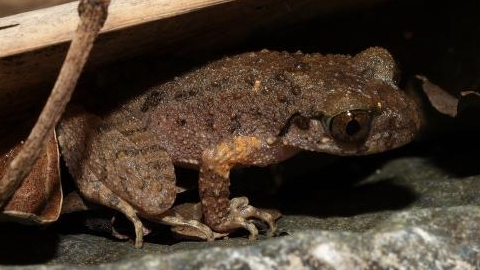Earlier this year, new stretches of the U.S.-Mexico border wall sprang up across critical wildlife corridors, severing migration routes for the jaguar—Latin America's largest cat.
Conservationists warn that these barriers cut off paths essential for mating, hunting, and genetic exchange. "Every stretch of fencing we add means fewer jaguars can connect with distant populations," notes a border wildlife expert.
Mapping using satellite imagery shows dozens of miles of habitat have become impassable, isolating fragile groups straddling both nations. Isolated populations face a higher risk of inbreeding and local extinction.
Experts emphasize the need for wildlife-friendly infrastructure—like overpasses and ecological corridors—to maintain cross-border connectivity. Some policy proposals in Mexico and the United States this year aim to integrate conservation into wall planning, but implementation remains slow.
For young global citizens, entrepreneurs, activists, and adventurous travelers, the jaguar's plight is a stark reminder: sustainable solutions must bridge borders as effectively as walls divide them. Without swift action, the mighty roar of the Americas' largest cat may fall silent in the borderlands.
Reference(s):
cgtn.com



